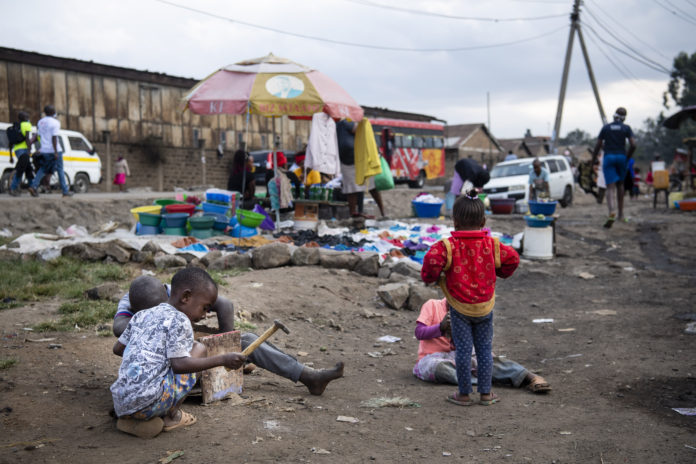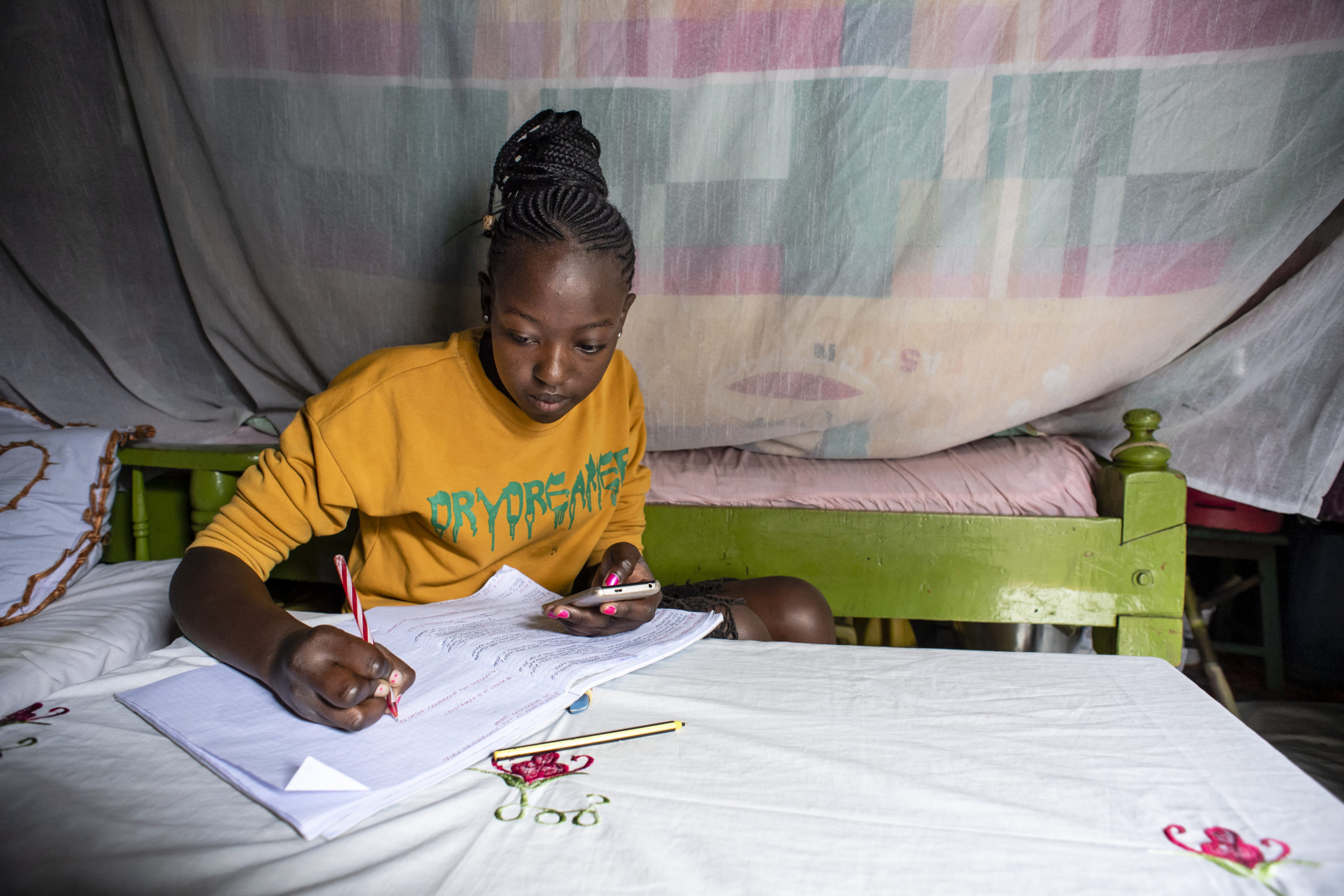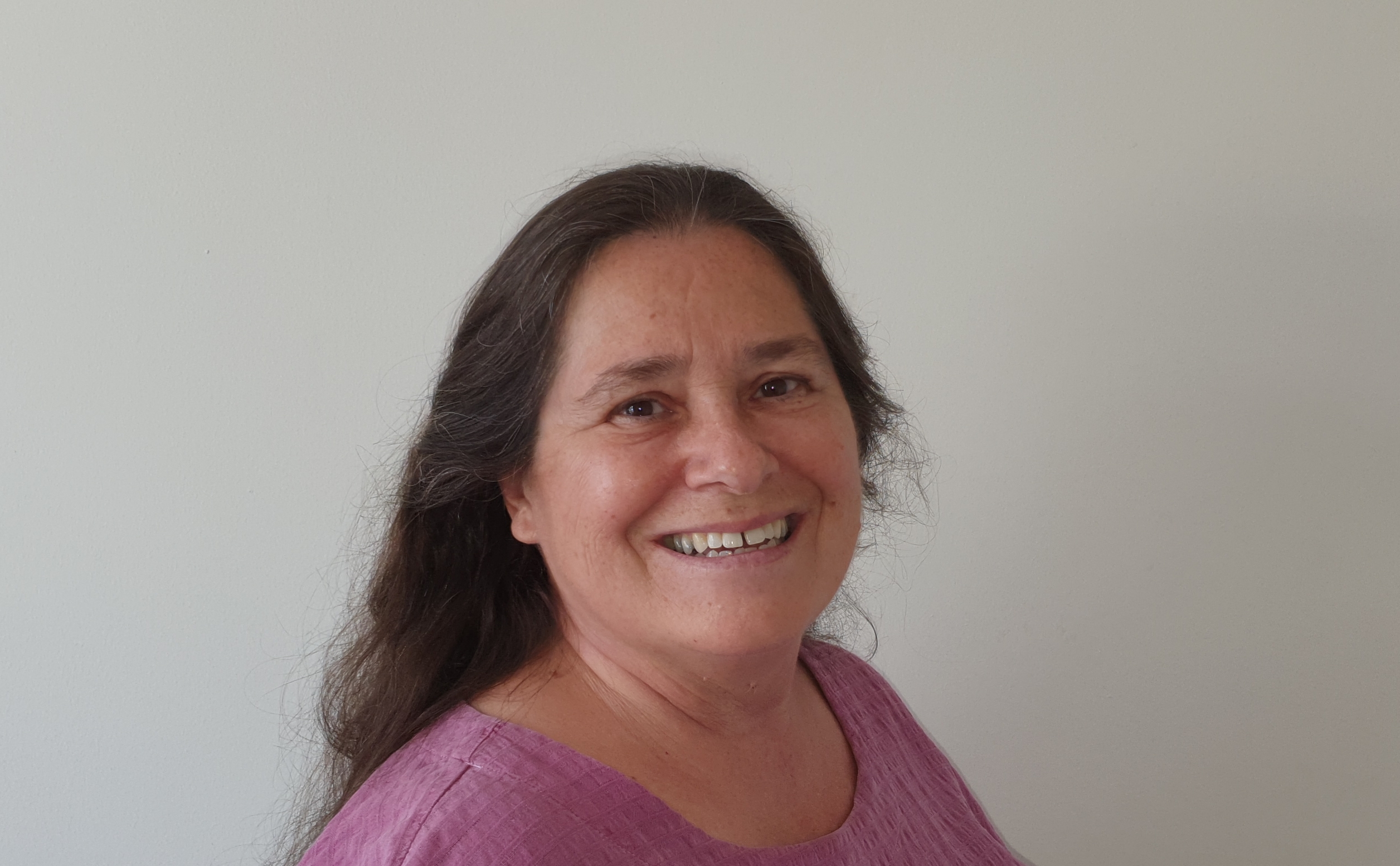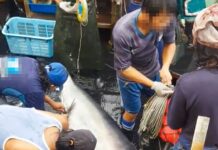
By Clifford Akumu
Nairobi, Kenya: Concern is mounting on the country’s ability to achieve safe school reopening following an appeal by two United Nations bodies that is aimed at promoting a safe reopening of schools while taking measures to limit the spread of the virus.
The unprecedented and prolonged school closures across Kenya, meant at keeping students safe from the COVID-19 pandemic are harming them in other ways, the World Health Organisation and UNICEF said in a statement.
The two organizations said that the long-term social and economic impact of extended school shutdown is also concerning. In Kenya, for example, an upsurge in teenage pregnancy has been recorded in several counties during the COVID-19 pandemic.
In June this year, the media exploded when it was reported that close to 4,000 school girls had been impregnated in the country during the pandemic lockdown.
But the reports failed to put into context the problem, with experts noting that high-risk early pregnancy has long been a societal challenge in the country, even before the virus set in.
According to the 2014 Kenya Demographic and Health Survey(DHS), 15% of girls aged between 15-19 had already given birth, and another three percent were pregnant with their first child-the highest rates in East Africa.

The country’s academic year runs from January to November, but 2020 is turning out to be the year that ‘disappeared’. Although the government has tried several jabs aimed at regaining the lost time including remote learning and the yet-to-take-off community-based learning model, little has been recorded.
And so, whether Kenyan schools are ready for a safe re-opening is yet to pass education experts’ test.
Jonathan Wesaya, an education expert says that since the mid-March abrupt closure of schools, there is a lack of direct investment in learning institutions to meet or achieve the guidelines on safe school reopening.
Although the education sector had been allocated the highest budget since independence, Wesaya notes that there was no direct allocation for handwashing stations, social distancing, or decongestion measures in schools.

“To understand these you need to look at the budget allocation of 497.7 billion to the education sector, which by far is arguably the largest since independence. But there was no amount itemized for Covid-19 preparedness,” said Wesaya.
“Simply, we are where we were when schools closed,” he added.
Online lessons, radio, and TV platforms failed to reach thousands of children in villages, towns, and slums signaling a yawning digital gap.
A WHO survey of 39 countries in sub-Saharan Africa found that schools are fully open in only six countries. Closed in 14 countries and partially open (exam classes) in 19 others.
But around a dozen countries are planning to resume classroom learning in September, which is the start of the academic year in some countries.
However, the impact of extended education disruption is significant. It includes among others: poor nutrition, stress, increased exposure to violence and exploitation, childhood pregnancies, and overall challenges in the mental development of children due to reduced interaction related to school closures.
“Schools have paved the way for success for many Africans. They also provide a safe haven for many children in challenging circumstances to develop and thrive, “said Dr. Matshidiso Moeti, WHO Regional Director for Africa.
“We must not be blind-sided by our efforts to contain COVID-19 and end up with a lost generation. Just as countries are opening businesses safely, we can reopen schools. This decision must be guided by a thorough risk analysis to ensure the safety of children, teachers, and parents and with key measures like physical distancing put in place.” Dr. Matshidiso.
WHO, UNICEF, and the International Federation of Red Cross have issued guidance on COVID-19 prevention and control in schools. The guidance includes recommendations for physical distancing measures such as staggering the beginning and end of the school day, canceling school events that create crowding, spacing desks when possible, providing handwashing facilities, wearing masks, discouraging unnecessary touching, and ensuring that sick students and teachers stay at home.
“The long-term impact of extending the school shutdown risks ever greater harm to children, their future and their communities,” said UNICEF Regional Director for Eastern & Southern Africa, Mohamed M. Malick Fall. “When we balance the harm being done to children locked out of schools, and if we follow the evidence, it leads children back into the classroom.”

The organizations also recommend a range of hygiene and disinfection measures for schools to reopen and operate safely, including regular handwashing, daily disinfection and cleaning of surfaces, basic water, sanitation, and waste management facilities, and environmental cleaning and decontamination.
Wesaya further explains that several things needed to have happened in the education sector in order to achieve safe reopening as enshrined in the guidelines by the two UN bodies.
Chief among them was the need for teacher capacity enhancement and mental health and psychosocial support programs, meaning situations where teachers are able to support their peers, learners, and parents.
“And this is yet to happen,” he said adding that teacher retooling too needed to have happened to enable them to do their work smoothly.
More so, infrastructure investment is still a mirage to achieve 20-25 learners per classroom directive. Most classes are always filled with up to 90 pupils and more.
“The big question that should be worrying teachers is; who will be in school and who will not be and how many shifts will we have to achieve these directives?” Wesaya paused?
In Kenya, the decision to re-open schools seems to be inching closer following Education Cabinet Secretary George Magoha’s recent announcement that the government would consider re-opening schools if the COVID-19 curve continues to flatten.
He made the remarks hours after a city court suspended the Community Based Learning model which was supposed to kick off next month until a case over the resumption of learning is heard and determined.
Already the government has begun assessing how the more than 300,000 schools in the country are preparing to adhere to COVID-19 protocols ahead of the re-opening.
Magoha has always maintained that safeguarding children from the deadly virus was paramount importance to the government even as it contemplates reopening schools.
“Some countries have rushed to reopen and they had to backtrack after more children were infected with the virus when schools resumed learning activities. We do not want such a scenario,” noted the Education CS.
With thousands of children attending schools that lack water, sanitation, and hygiene services, education experts worry about the state of affairs urging urgent interventions.
In sub-Saharan Africa, only a quarter of schools have basic hygiene services, 44% of them have basic drinking water and 47% have basic sanitation services, according to a WHO and UNICEF report assessing progress on drinking water, sanitation, and hygiene in schools between 2000 and 2019.
There is a need for greater investment and innovation on WASH initiatives even as countries seek to get children back to school.
But all is not lost. Unicef and other non-governmental organizations working on the child rights space are already safeguarding their education needs during this pandemic.
To help with the safe reopening of schools, UNICEF is working with the Government of Kenya on guidelines for water and sanitation in schools and is contributing to the overall government effort on water and sanitation facilities in schools.
“We are supporting the Ministry of Education with remote learning while helping schools prepare for safe reopening in January as per the Government’s calendar. We are supporting KICD to develop remote lessons for TV, radio, and online, and making sure that parents know when they’re on and how to access them. We are mapping children’s access to lessons and will soon be distributing learning materials and solar-powered radios to children from the most vulnerable families,” said UNICEF Kenya Chief of Education Marilyn Hoar.
Studies have shown overwhelming evidence that the longer that children are out of school, the greater the risk that the poorest among them will never return. They may be sent off to work, married too early, or face other risks that can curb their development and well-being.













